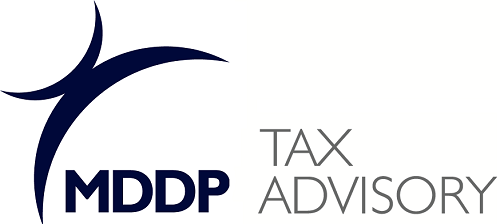There have been no borders within the European Union since 1993. Under the themes of free movement of people, goods, services and money, on January 1st 1993, it became possible to transport goods from one EU member state to another. This would considerably reduce the long queues formed at national borders because of trucks customs have to check.
With Brexit, it was again clear to see the effect these customs controls have on international trade. Everyone has seen the awful traffic jams on both the French and English sides of the Channel Tunnel.
But what do these customs checks actually entail? And what is the relationship with VAT? In the following you will find an explanation. And let me say right away: this is written by a VAT specialist and is certainly not intended as advice or a complete overview of customs rules.
Source: Less Grey
Latest Posts in "European Union"
- Playing Music Without Required License Is a Taxable Service, Says Advocate General
- PEM Zone: Implementation Status and Legal Fragmentation of Revised Origin Rules from January 2026
- Innovative Customs Education Workshop Spurs Collaboration; Final Chance for Universities to Apply for EU Recognition
- Briefing documents & Podcasts: VAT concepts explained through ECJ/CJEU cases on Spotify
- Navigating VAT Exemptions: Recent ECJ Judgments and Their Implications for Intra-Community Transactions and Imports














